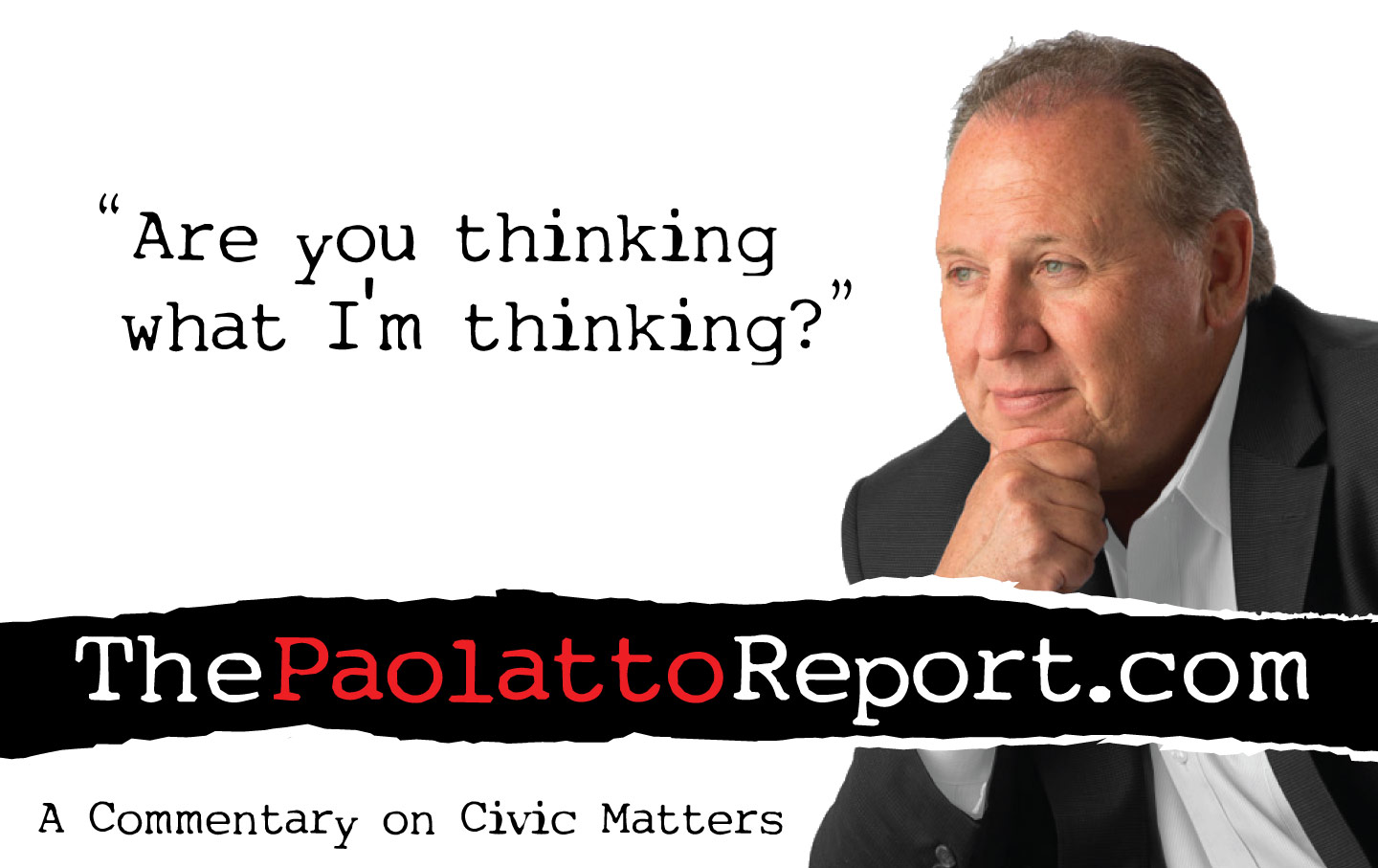This past week I had the pleasure of engaging in one of most enjoyable aspects of my job, the fostering of business development partnerships with companies abroad. London is blessed with a virtual treasure trove of world class research, particularly in the high demand markets of health care, energy and the environment; and it is always a privilege to represent these innovations on the world stage and bring industry and investment back to our community.
My travels this week took me to mainland China and specifically the city of Nanjing, a city of 10 million people and the capital of Jiangsu Province, China’s most technologically advanced province. It is also home base for WORLDiscoveries Asia, the business development office of Western University, the Robarts Research Institute, the Lawson Health Research Institute and now several post-secondary institutions in this region.
Western established WORLDiscoveries Asia in 2012 in response to the growing market opportunities that were emerging in China, Japan, and South Korea and I have had the pleasure of serving as its CEO since that time. WORLDiscoveries Asia currently operates out of five offices: London, Toronto, Beijing, Nanjing, and Hong Kong; and provides business development, industry partnering and investment fund-raising services to researchers, universities and industry players throughout SW Ontario. Since its inception, WORLDiscoveries Asia has successfully negotiated 17 material agreements for researchers and businesses in the region that are collectively valued at over $20 million Cdn.
During my visit, I was invited to speak before a large group of business and government leaders at the Jiangsu Science and Technology Commission’s 2017 symposium and share our secrets of success in the region, especially given WORLDiscoveries’ impressive track record of deal-making across a wide array of market sectors over the past five years.
During my talk, I was asked to highlight four key success factors that we have used to build our partnerships in Asia, success factors that can be applied to any market and any platform, and easily used to advance economic growth in our own community.
First, partnership success begins with the creation of a terrific team. While the initial interest in any partnership and/or project is driven by a great product or innovation, the only method of transferring that product to market is through teamwork. The team requires top researchers and scientists who understand the core problem they are looking to resolve, and have developed a solution that resolves the problem. The team also requires trusted representatives like those based at WORLDiscoveries Asia, who advocate for the solution and find the trusted industry counterparts capable of translating the solution into a marketable product or service. The team also requires unwavering institutional support. To the credit of the executives, deans and researchers at Western and London’s two research hospitals, no one has ever held-back on any request that we have made of them to help stimulate these market partnerships and deliver on these projects, and the results from these investments speak for themselves.
Second, we were very targeted in our approach. While it was tempting to want to be all things to everyone, our approach was to focus on our strengths, and particularly those areas where our researchers hold a competitive advantage. For example, Western is a well-regarded research-intensive university that offers its students a full range of excellent academic programs. However, from an industry perspective, it is strongest in the areas of medicine and environmental engineering. Therefore, it follows that our approach had to be laser-focused on pursuing those industry players, university partners and global markets where our strengths complimented the target partners’ strengths or shores up that partner’s weakness. Many of our Asian-based industrial partners would all willingly admit that while they often excel at replication and cost-effective production, they have a much harder time matching the creativity and capacity of Canada’s research community. This research strength gives us a competitive advantage, that when paired with Chinese capital and industrial strength, creates research, hi-tech and manufacturing jobs in both countries.
Third, in our view, the best way to identify and kick-start a potential partnership was to quickly test it with the initiation of a specific project. Far too often we have been witnesses to the signing of well-intended Memorandums of Understandings and the like, all designed to signal a partnership for ‘show’ and not for ‘dough’. Our team had little time for such ceremonies. While they make for nice photo ops, they consume valuable time and resources and rarely lead to the creation of wealth. WORLDiscoveries’ approach was to quickly identify a specific project where both parties can contribute value, be it research resources, capital, management or customers. In addition to learning about each other, the project approach required both parties to commit resources, and thus quickly demonstrated each party’s true commitment to the partnership itself.
Finally, we shared equally in each success. Every team member, from the researcher, to the agent, to the executive, through to an exceptional administrative support team; all played a key role in creating, nurturing and ultimately succeeding through partnership.
London is fortunate to have at its finger-tips the skills and commitment of the WORLDiscoveries and WORLDiscoveries Asia teams. It continues to be a privilege to work with such a dedicated group of professionals and an absolute honour to lead them onto the international stage.
